While a date display is usually regarded as one of the most popular complications, some purists are opting more and more for harmony and symmetry on their dials by choosing a watch without a date window. Here are six notable examples in our latest story from the WatchTime Archives.
Back to the Forties: IWC Big Pilot’s Watch 43
IWC downsized the case of its Big Pilot’s Watch from 46 to 43 mm, thus making this watch more wearable. But the most important change took place on the dial, where the Schaffhausen-based manufacture omitted both the date display and the circular power-reserve indicator, making this watch more minimalist, more symmetrical and, above all, more similar to the original model from 1940. The changes also downsize the price from $12,900 to $8,400. These savings might well persuade potential buyers to accept the shorter power reserve, which has been reduced from the previous seven days to a still-above-average 60 hours. Manufacture Caliber 82100 with automatic winding provides the power and upholds IWC’s high standards. The movement can even be viewed through a sapphire crystal in the back of the case, while its big sister has a solid steel back. The new pilots’ watch is also available with a blue dial and with a stainless-steel bracelet or a rubber strap.
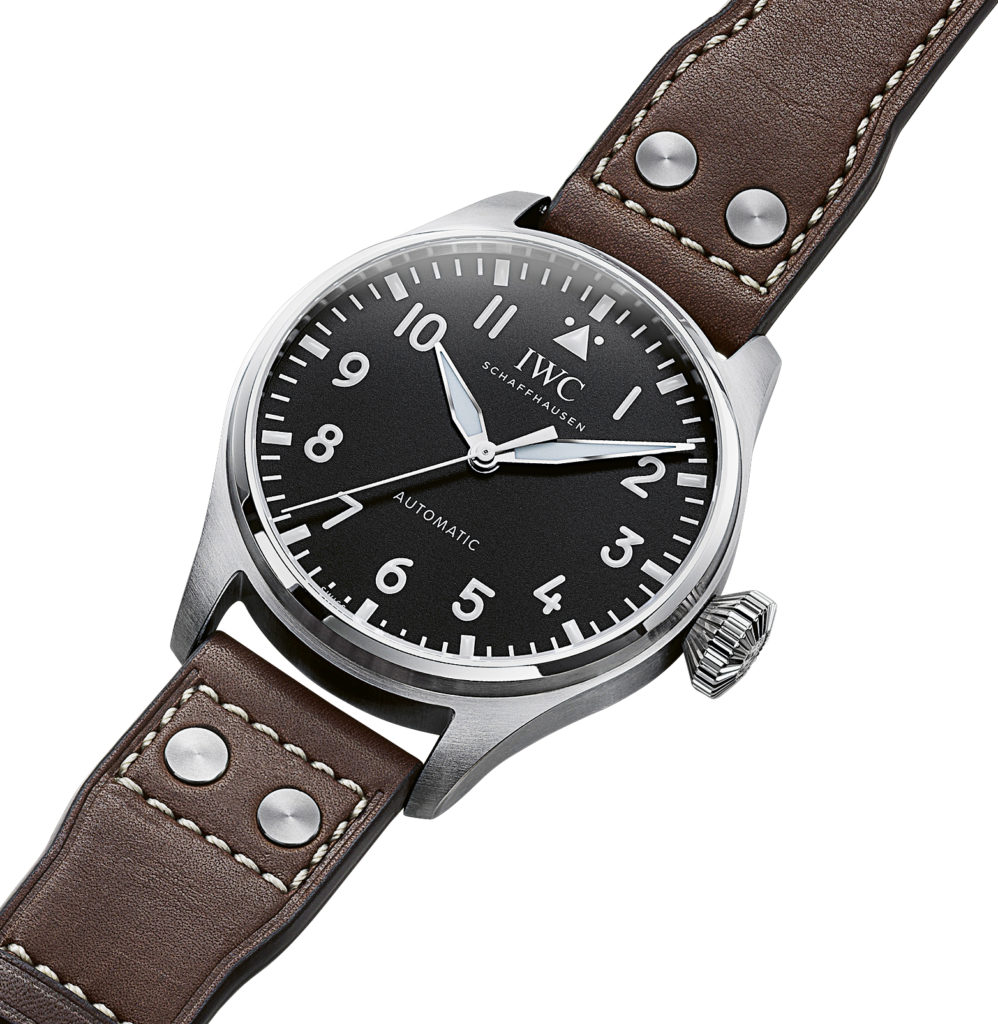
Power Gauge: Omega De Ville Trésor Power Reserve
Instead of eliminating an additional function in this watch, Omega simply omitted a window in its dial. A date window would have marred the perfect symmetry created by the vertical arrangement of the two subdials. The upper subdial displays the power reserve (with a maximum of 72 hours or more), while the lower subdial shows the passing seconds. These displays are powered by manufacture Caliber 8935, which also opts to make do without automatic winding. However, the essential characteristics of a Master Chronometer caliber remain. The movement keeps time with chronometer-worthy accuracy, and thanks to exclusively antimagnetic components in the movement such as a silicon hairspring, it can withstand magnetic fields of up to an intensity of at least 15,000 gauss. The 40-mm watch in yellow or Sedna gold costs $17,500; the stainless-steel version is priced at $7,600.
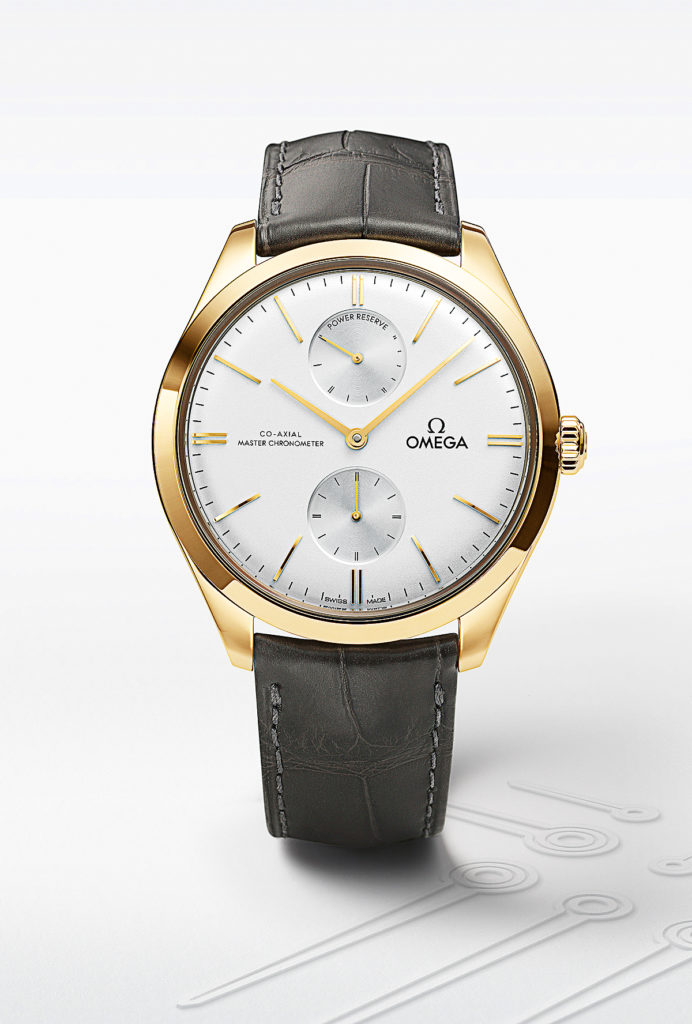
Mechanical Minimalist: Hamilton Intra-Matic Chronograph H
Hamilton dispenses with commonly seen additional features to create a coherent retro watch. This 40-mm steel model not only lacks a date display but also an automatic winding mechanism. ETA, which manufactures the movement, achieved this functional reduction by deriving hand-wound Caliber H-51 from automatic Valjoux Caliber 7753. In this way, Hamilton comes as close as possible to replicating its own Chronographs A and B from 1968. The “A” version had dark counters on a light background and the “B” variant used the opposite color scheme. The new Intra-Matic Chronograph H is available in both versions; the “H” means hand-wound. The wristbands also fit well with the overall concept. Buyers can chose between a model with a monochrome, subtly grained leather strap priced at $2,045 that has the sporty elegance of the late 1960s, or one with a steel-mesh Milanese bracelet at $2,095.
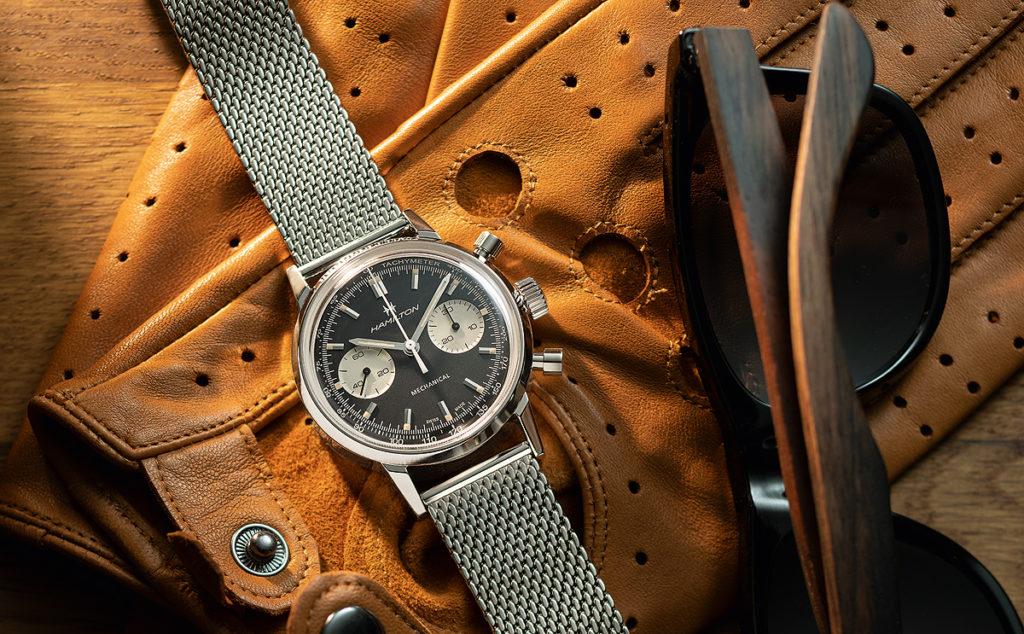
Material Miracle: Rado Captain Cook High-Tech Ceramic
In 2021, Rado not only spiced up its popular Captain Cook with a ceramic case, but also introduced a new caliber that follows the no-date trend, thus creating attractive symmetry. The R734 automatic caliber is a version of ETA’s Caliber C07 with skeletonized surfaces, decorative finishes, more elaborate adjustment and a new type of Nivachron hairspring made from a titanium alloy that resists magnetism. The movement is an essential part of the design because it is not only visible through the sapphire crystal in the caseback, but also through the tinted sapphire crystal dial. Here, the omission of a date display makes a positive contribution: a date window and a fully visible date ring would have obstructed the view of the partially skeletonized movement. Rado upholds tradition and puts a little anchor at the dial’s 12 o’clock position to show that an automatic movement powers this watch. The freely swinging balance, which is elegantly regulated by two weights, oscillates behind the anchor-shaped symbol. Rado’s 80-hour power reserve and water resistance to a depth of 300 meters add to the usefulness of this newcomer. The practicality is further enhanced by the use of scratch-resistant and hypoallergenic ceramic, a material that Rado pioneered when it first made ceramic usable for watchmaking in the 1980s. The bezel and crown are rose-gold PVD-coated stainless steel, which in combination with black ceramic creates a sporty and elegant two-tone look. This eye-catching version of the 43-mm retro divers’ watch costs $3,700.
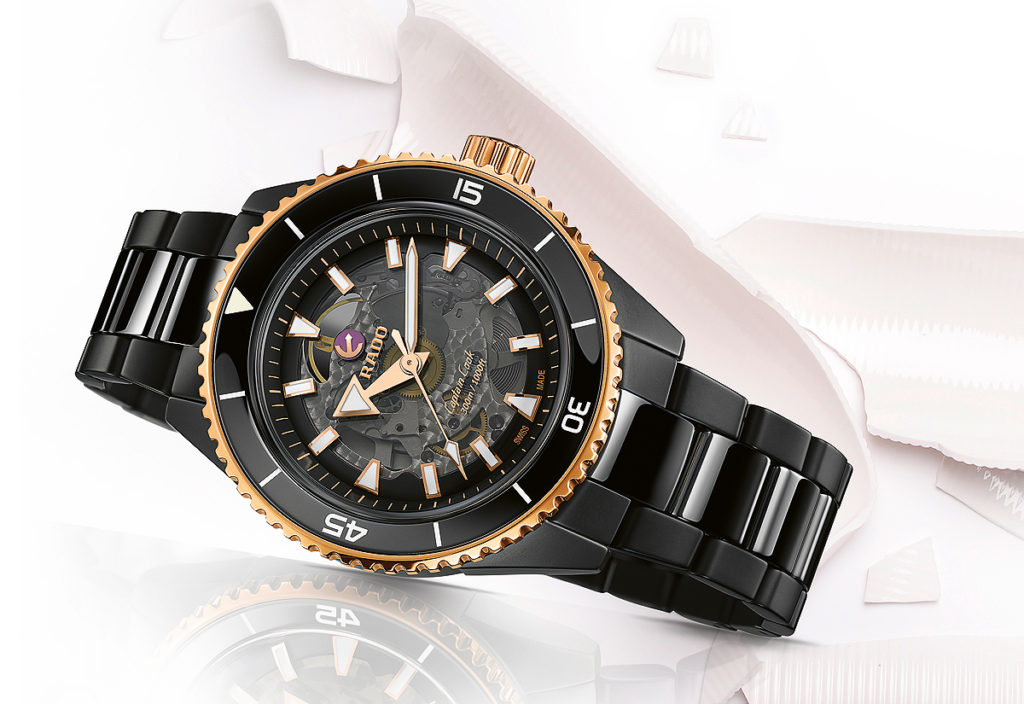
The Elegance of the Thirties: Longines Heritage Classic
Longines is a pioneer of the retro trend in watches. As early as the 1980s, this Swiss brand brought back pilots’ watches from the 1920s and ’30s with great success. And today Longines continues to maintain its Heritage collection with tasteful expertise. But Longines’ designers didn’t always have the courage to eliminate a date display, which had long been regarded as a necessity for a watch to be saleable. But lately, Longines has been more consistent in its retro design, as shown by this newcomer and several other models inspired by Longines’ models from the 1930s, a decade when watches didn’t have date displays. And to be honest, a dial would never look as handsome as it does here if it had a window at 3 o’clock or in the subdial for the seconds at 6. The 38.5-mm steel case houses high-performance automatic Caliber A31.501 with silicon hairspring and three-day power reserve, which is supplied exclusively by Longines’ sister company ETA. In exchange for a purchase price of $2,150, the Heritage Classic stylishly carries its wearer back to the 1930s.
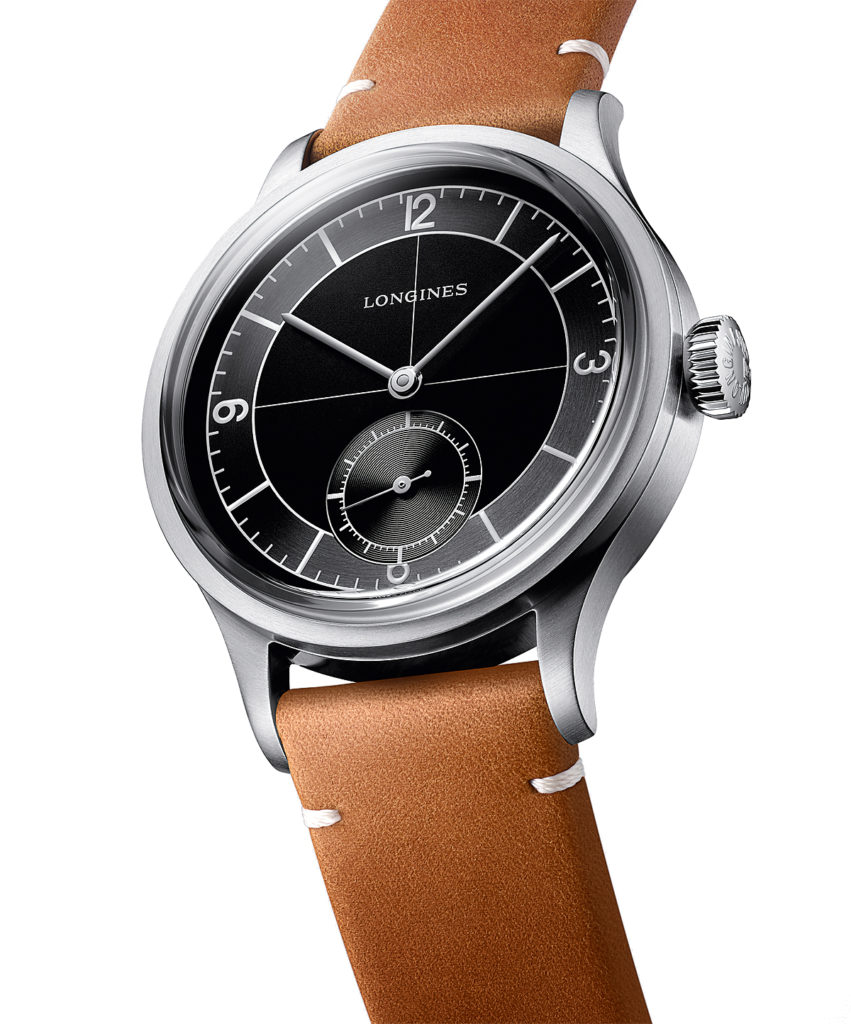
Expedition Participants: Rolex Explorer
The Explorer has always done without a date display and, therefore, also Rolex’s Cyclops magnifying lens. But the classic model looks different in 2021 because Rolex has downsized its case from 39 mm to 36 mm, which was common until a few years ago, and has equipped it with a latest-generation manufacture movement. Automatic Caliber 3230 delivers 70 hours of power instead of the previous 48. The Chronergy escapement teams up with an optimized blue Parachrom hairspring to provide increased protection against magnetic fields. The steel version of the new Explorer costs $6,450, while the two-tone version in stainless steel and yellow gold is available for $10,800. The Explorer lettering has been repositioned from the 6 to the 12 o’clock position on the black dial. The case size corresponds to the dimensions of the first Explorer from 1953, which was launched in the same year as the first successful ascent of Mount Everest by Sir Edmund Hillary and Tenzing Norgay. Rolex supplied the watches worn by the climbers who participated in that historic expedition.
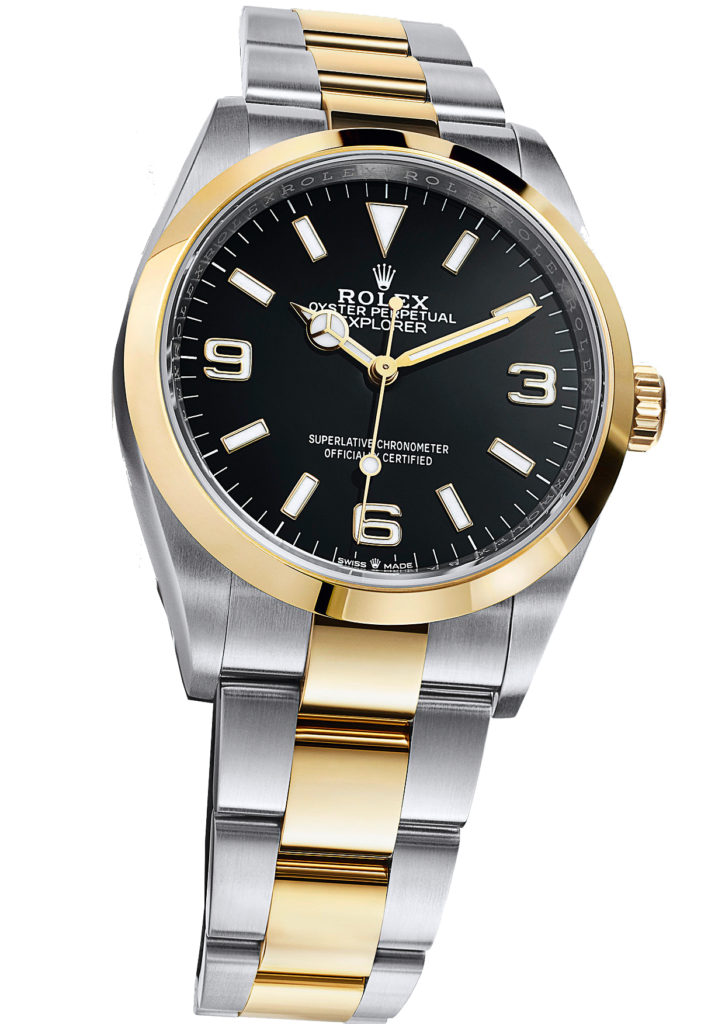
A version of this article appears in the WatchTime 2022 Special Design Issue, on sale now.



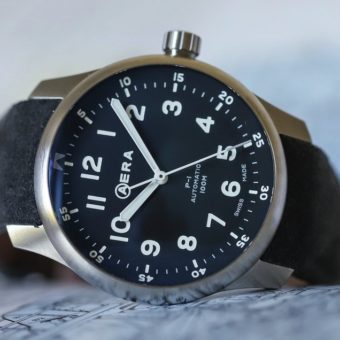
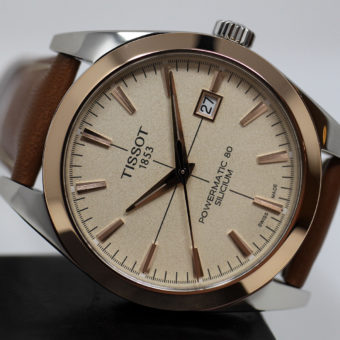
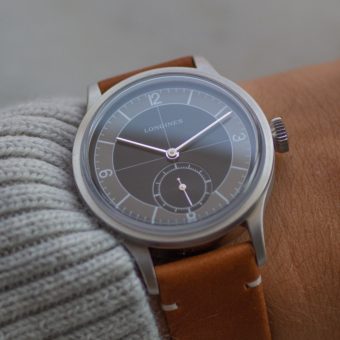

I prefer the no date especially on pilot watches and watches with sector dials. Cross hairs on dials are also exciting for the tool watch look with no date; the Jaeger LeCoultre Geophysic 1958 was one of my favorites.
No Speedy? tsk tsk… ;o) interesting article, enjoyed it
Very good article with some excellent watch choices. I hope more manufacturers will offer no-date versions of their watches. I trust my watches for telling the time, but never for the date. I use my phone with its perpetual calendar to be sure I have the correct date. I expect many other enthusiasts do the same. Therefore, unless a watch has an annual calendar or perpetual calendar, I see date windows as a negative feature with little purpose other than to spoil an otherwise balanced dial. I really appreciate the Longines Heritage Diver but will not buy it because they discontinued the no-date version and the date version has lost its symmetry and traditional beauty. I expect watch makers save money by only have one movement version and therefore standardise on the date version, but at the prices demanded by luxury watch manufacturers, there is little excuse for not offering no-date versions of their popular models for enthusiasts.
Calendar is just white elephant, no needed.